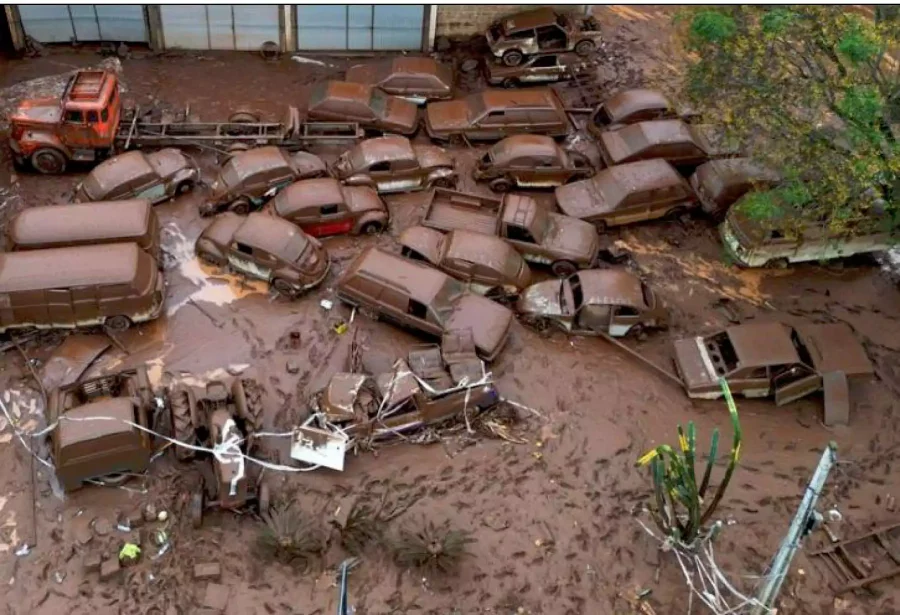The death toll from rains in Brazil’s southernmost state of Rio Grande do Sul rose to 57, local authorities said on Saturday afternoon, while dozens still have not been accounted for.
Rio Grande do Sul’s civil defense authority said 67 people were still missing and more than 32,000 had been displaced as storms have affected nearly two thirds of the 497 cities in the state, which borders Uruguay and Argentina.
Floods destroyed roads and bridges in several regions of the state. The storm also triggered land-slides and the partial collapse of a dam at a small hydroelectric power plant. A second dam in the city of Bento Goncalves is also at risk of collapsing, authorities said.
In Porto Alegre, the capital of Rio Grande do Sul, the Guaiba lake broke its banks, flooding streets.
Porto Alegre’s international airport has sus-pended all flights for an indefinite period. Rains are expected in the northern and northeastern regions of the state in the next 36 hours, but the volume of precipitation has been declining, and should be well below the peak seen earlier in the week, according to the state meteorology authority.
Still, “rivers water levels should stay high for some days”, Governor Eduardo Leite said on Saturday in a live video on his social media, adding it is difficult to determine for how long.
Rio Grande do Sul is at a geographical meeting point between tropical and polar atmospheres, which has created a weather pattern with periods of intense rains and others of drought.
Local scientists believe the pattern has been intensifying due to climate change. Heavy rains had already hit Rio Grande do Sul last September, as an extratropical cyclone caused floods that killed more than 50 people.
That came after more than two years of a persistent drought due to the La Nina phenomenon, with only scarce showers.
In several towns, streets essentially turned into rivers, with roads and bridges destroyed. The storm also triggered landslides and the partial collapse of a dam structure at a small hydroelectric power plant.
A second dam in the city of Bento Goncalves is also at risk of collapsing, authorities said, ordering people who live nearby to evacuate.
In Porto Alegre, the capital of Rio Grande do Sul, the Guaiba river broke its banks, and flooded streets blocked access to the city’s historic central neighborhoods.
The state is at a geographical meeting point be-tween tropical and polar atmospheres, which has created a weather pattern with periods of intense rains and others of drought.
Local scientists believe the pattern has been intensifying due to climate change. Heavy rains had already hit Rio Grande do Sul last September, as an extratropical cyclone caused floods that killed more than 50 people.
That came after more than two years of a persistent drought due to the La Nina phenomenon, with only scarce showers. President Luiz Inacio Lula da Silva traveled to the state on Thursday to visit affected locations and discuss rescue efforts with the governor.
Back in Brasilia, Lula vowed on Friday that his government would support local rescue and reconstruction efforts.—AFP










